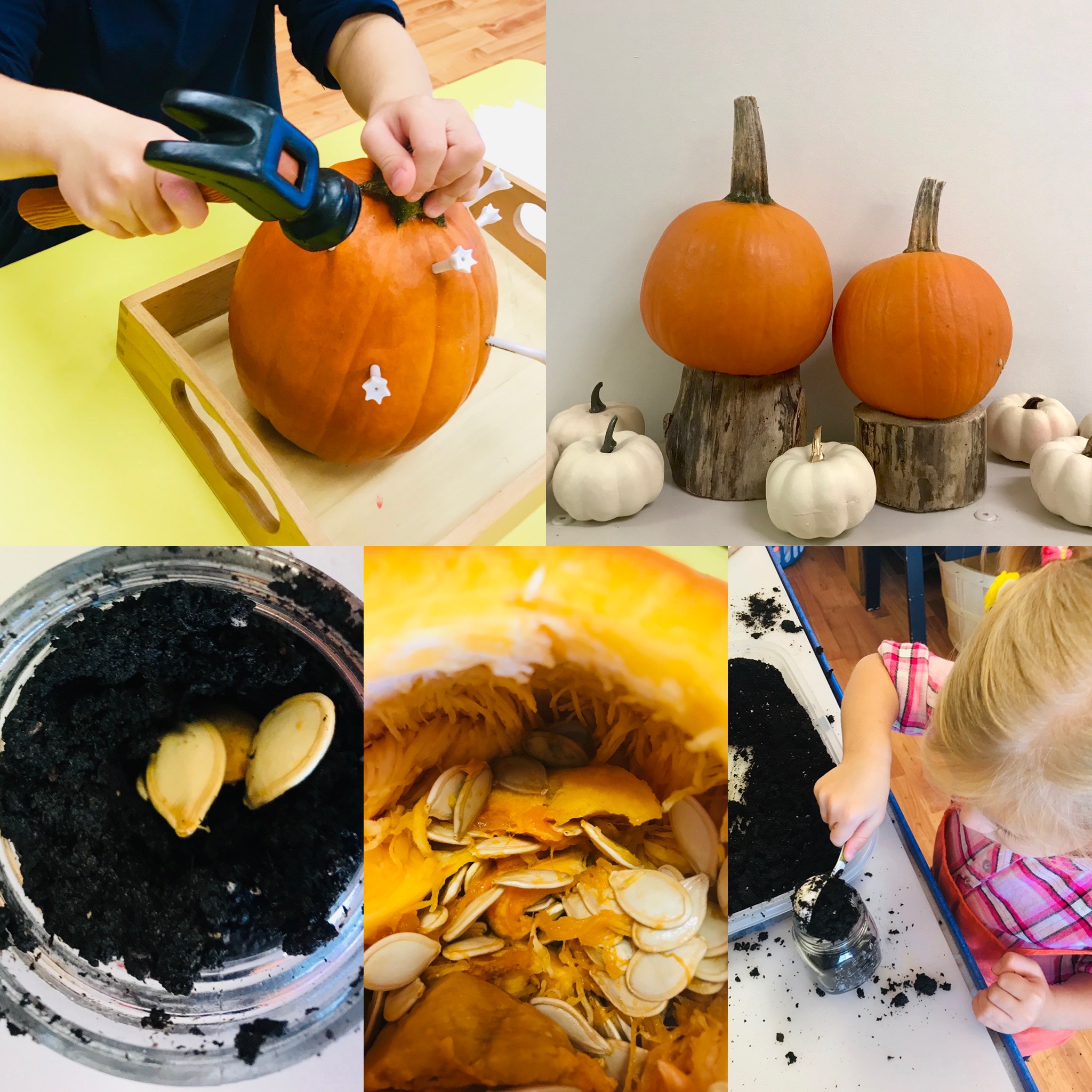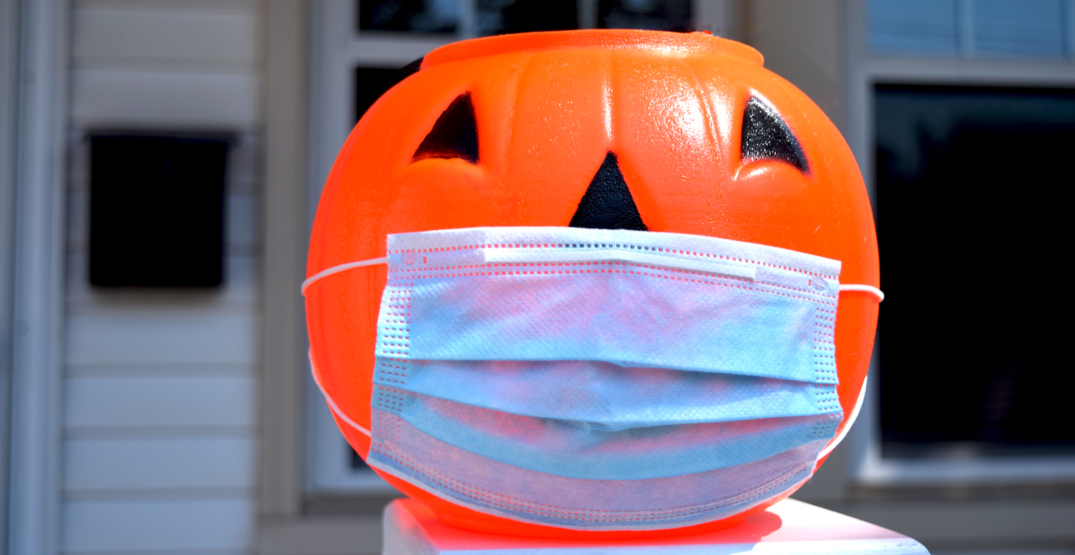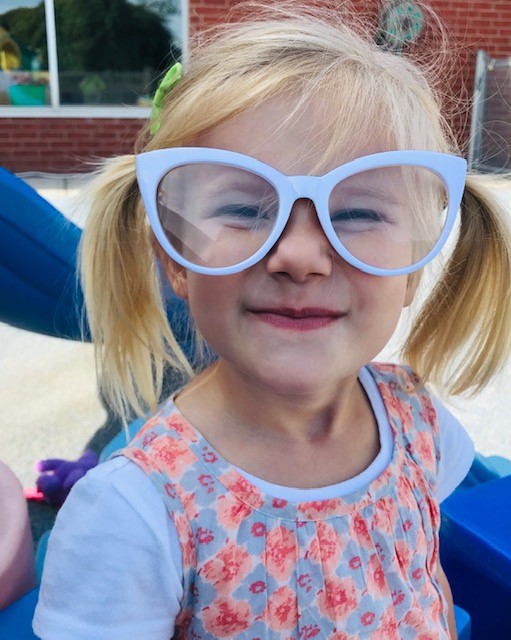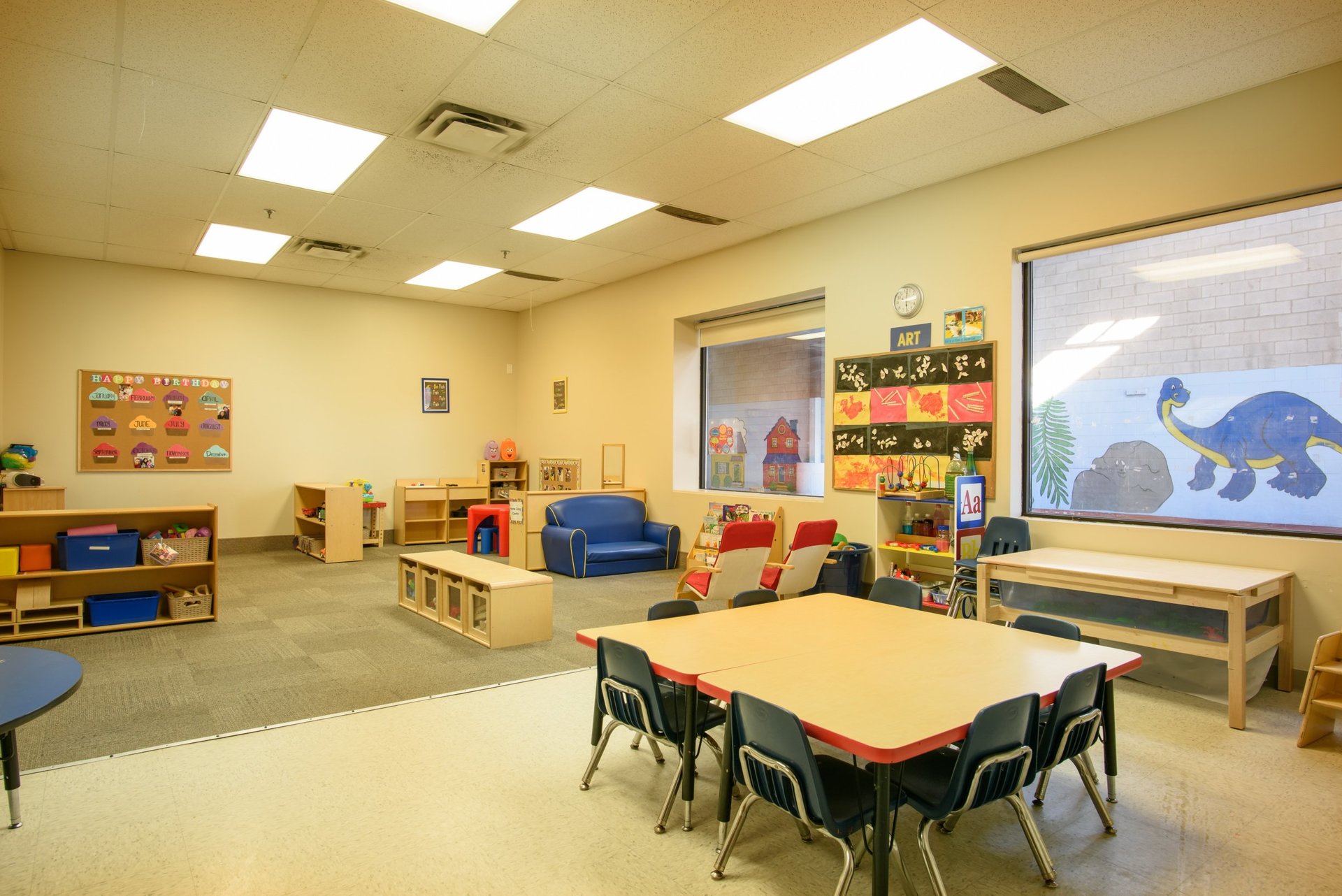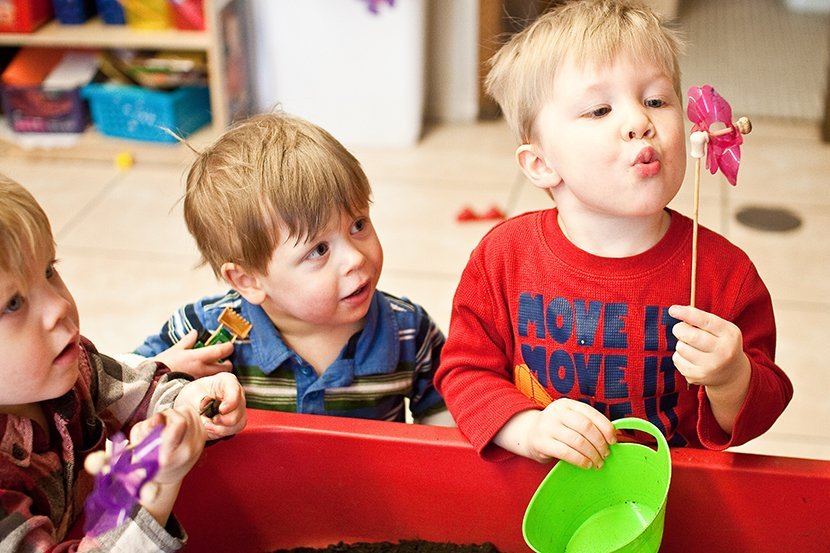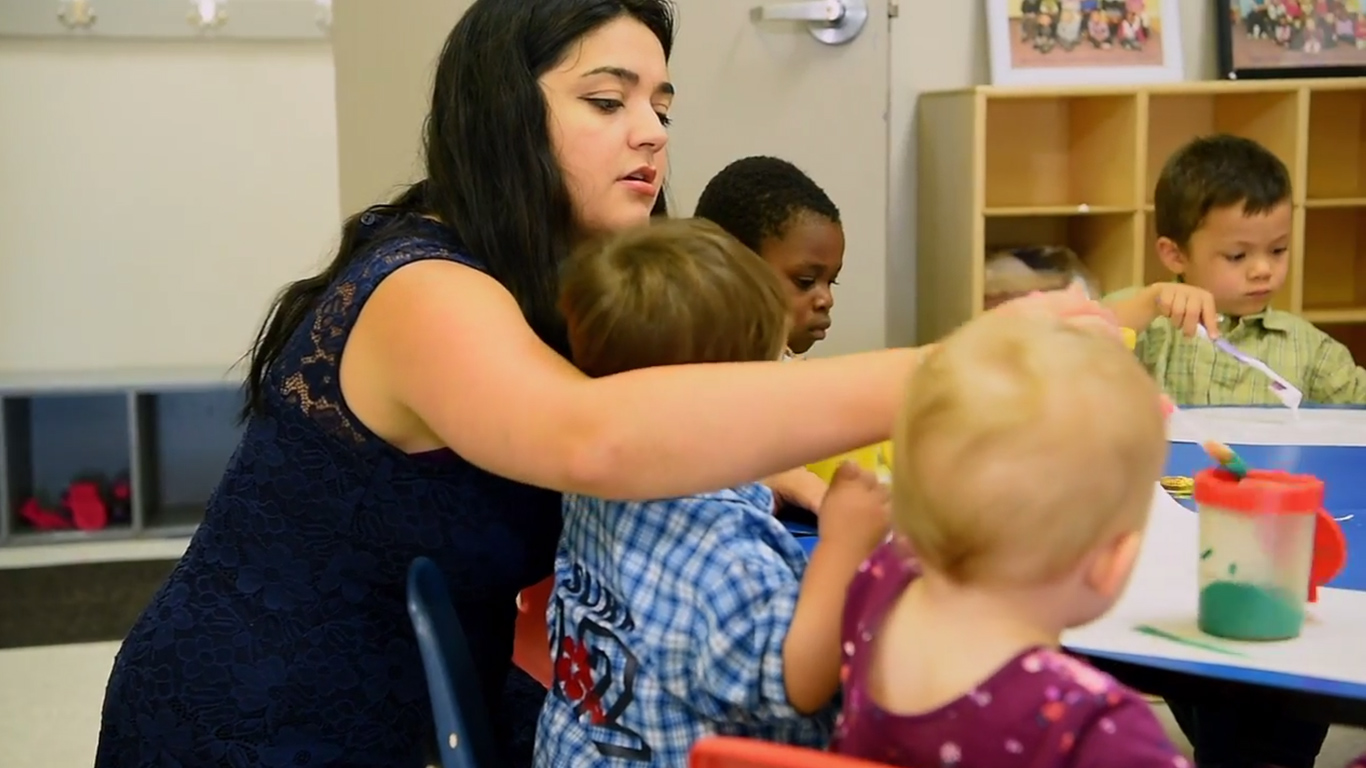Exploring Pumpkin-theme Activities
Exploring Pumpkin-theme Activities using the 4 Pillars of Learning
Fall is the perfect time to engage students in learning experiences around pumpkins. Children are naturally curious about this interesting vegetable that is harvested at this time of year. They will see pumpkins at the grocery store, at the farm or in fall decorations and it’s a great opportunity to explore them with some fun activities. Let’s explore pumpkin-theme activities using the Four Pillars of Learning curriculum to create an amazing learning experience for young children.
Pillar 1 – Language and Literacy
Form letters with Pumpkin Seeds: Write your child’s name on a piece of paper with large printed letters to take up the whole sheet of paper. Have your child stick pumpkin seeds to each of the letters with glue. This visual activity helps the child to learn how to form the letters in a hands-on way. It also builds fine motor skills as they manipulate the pumpkin seeds to stick to the letters.
Pillar 2 – STEAM – Science
Planting Pumpkin Seeds: Cut a small pumpkin in half and have children scoop out the pumpkin seeds (using their hands or a spoon). This can get messy, so make sure you have some wipes handy when their hands are covered in pumpkin guts. Clean the seeds and have the children plant the seeds in a small jar filled with soil. Water the seeds, place in a sunny place by the window and watch what happens. You can use the leftover seeds and toast them in the oven for a tasty treat!
Pillar 2 – STEAM – Technology
It’s the Great Pumpkin Charlie Brown: One of my favourite stories to read in the Fall is “It’s the Great Pumpkin, Charlie Brown” which is also a 1966 American prime time animated television special based on the comic strip Peanuts by Charles M. Schulz. You can try to watch it on TV, read the book or even try to find it on Youtube. There is even an app with a game you can play based on this story.
Pillar 2 – STEAM – Engineering
Golf Tee Pumpkin Hammering: All you need for this activity is a small pumpkin, a hammer and some golf tees. The activity involves hammering the golf tees into the pumpkin. You can demonstrate how to use the hammer by doing a few and then giving the child the opportunity to try it. You can use hand-over-hand if you are worried about their ability to handle the hammer. You can also find small hammers at the dollar store for young children to use. It’s best to use a real hammer instead of a toy one. This is a great activity to empower children to work with a tool that they wouldn’t normally get to use.
Pillar 2 – Art
Pumpkin Stamping: Cut a mini pumpkin in half and remove the “guts” (Save the seeds for other activities). Use the half pumpkin shape as a stamp. You can dip it in paint or a stamp pad and then stamp on paper.
Pillar 2 – STEAM – Math
Pumpkin Math: There are so many ways to incorporate math with mini pumpkins. You can count them or sort them by colour or size. You can also measure different size pumpkins and compare the sizes. With the seeds, you can create 5 sheets of paper with the numbers 1-5 written on them. Have children count out seeds and place them on the paper corresponding to that number. For example, count two seeds and place them on the number 2.
Pillar 3 – Physical Activity
Pumpkin Toss: This activity reminds me of a fall fair where you would typically see a ball toss or ring toss game. Set up a basket or barrel at a short distance away. Get 4-5 mini pumpkins and make a game of tossing them in the basket.
Pillar 4 – Mindful Awareness
Pumpkin Breathing: This deep breathing activity uses a simple picture of a pumpkin, but you can use a real pumpkin, too. The small decorative gourds or pie pumpkins are perfect for this activity, because kids can hold the small pumpkin in their hands and feel the weight of the pumpkin as they complete the breathing strategy. Using a pumpkin picture or real pumpkin, show kids how to use deep breathing as a coping tool by taking calming breaths while they trace the lines of the pumpkin. Trace the lines up toward the stem while taking a deep breath in. Hold the breath for a few seconds and then trace a line down another section of the pumpkin while slowly breathing out. Hold that breath for a few seconds. Repeat this process as you slowly trace up and down the sections of the pumpkin.
These are just some of the pumpkin-theme activities we do at Alpha’s Discovery Kids Preschool and Daycare using our Four Pillars of Learning curriculum. Enjoy! Stay tuned to our next blog for more fun Halloween activity ideas.
Halloween 2020 – The spookiest one yet! TO TRICK-OR-TREAT OR NOT?
Halloween 2020 -The Spookiest one yet! TO TRICK-OR-TREAT OR NOT TO TRICK-OR-TREAT?
Holidays help us maintain our sense of rituals and ‘normalcy’ during a not-so normal time, but since March 2020, we have had to find new ways to celebrate holidays, traditions and spec ial occasions. Will blowing out birthday candles or bobbing for apples become a thing of the past? What about trick-or-treating?
As we approach Halloween 2020, there are diverse views on whether trick-or-treating should happen this year. Some argue that cancelling the holiday would be a major economic disruption to a billion-dollar industry in a time when the economy has suffered due to COVID-19. While others ascertain that there are serious risks to health and safety involved in the activity of trick-or-treating that could lead us toward another shut down. Whether you agree with those that want to cancel or not, why not make the best of Halloween 2020 with the spookiest Halloween yet! We will share some fun Halloween ideas for both those that want to trick-or-treat and those that don’t.
For those that want to trick-or-treat, here’s some ideas to enjoy it in a safer way:
- Have children wear masks and gloves and make it a part of their costume.
- Leave baskets of candy on a table in the driveway so kids don’t need to come to the door or ring your doorbell.
- Create individual bags of candy that are easy to hand out. Ensure all candies are have a wrapper.
- Avoid gathering in large groups for trick or treating. Instead, keep the group to 2-4 kids.
- Create a fun atmosphere by decorating the outside of your home.
- If you are still not comfortable going out to a stranger’s home, you can trick-or-treat by going to family or friends’ homes only.
For those that want to explore other Halloween activities:
- Pumpkin carving/decorating contest – involve the whole family to see who can make the scariest/funniest pumpkin.
- Make Halloween play dough. Check our Facebook page for a great pumpkin spice play dough recipe.
- Go on a Halloween candy scavenger hunt! Click on this link to print one. https://heyletsmakestuff.com/printable-halloween-candy-scavenger-hunt/
- Decorate spooky cupcakes with Halloween candy.
- Have a Halloween dance party in your own home.
- Make a Halloween obstacle course. Here’s a link for a great spider lair obstacle course. https://www.chickenbabies.com/2011/10/lair-of-spider-queen.html
- Make a magic potion. Mix ingredients and learn some science too!
- Pumpkin-theme activities. Stay tuned for our next blog with lots of pumpkin-themed activities and ideas.
- Halloween Games – Stay tuned to future blogs this month with more Halloween games and activities.
As you can see, there are lots of ways to make 2020 an amazing Halloween – even if you are not trick-or-treating! We will be enjoying these and many more activities at Alpha’s Discovery Kids Preschool and Daycare! Happy Halloween!
The Written Word: Is writing a lost skill?
The Importance of the Written Word: Is writing a lost skill?
When was the last time you opened your mailbox to find a beautifully handwritten letter? Probably not in the last week, or even decade. Gone are the days when students had designated writing classes, in which they used workbooks with dotted lines to practise forming the perfect loops for Ls and Ys under the watchful eye of their teacher.
That might not be a good thing.
New research shows that dropping handwriting lessons from schools could negatively impact brain development in children.
In a digital age where we seem to only require keyboard and texting abilities, printing and cursive writing seem to have fallen by the wayside.
Many people might say, “So what’s wrong with that. Everybody types now anyway.”
Well, there is a report written in the New York Times that states that children not only learn to read more quickly when they learn to write by hand but they are also better able to generate ideas and retain information. Psychologists and neuroscientists have discovered a link between handwriting and broader educational development. They say it is far too soon to declare handwriting a relic of the past. New evidence suggests that the links between handwriting and broader educational development run deep. When we write, a unique neural circuit is automatically activated. It seems that this circuit is contributing in unique ways we did not realize.
It’s sparked much debate.
Some believe cursive writing is no longer a necessary skill and wastes valuable teaching time. There are others who believe it’s an essential part of childhood education and a needed skill as an adult.
The key problem is many teens and young adults in 2020 cannot sign their name…
You need to learn to crawl before you can walk !
At Alpha’s Discovery Kids, we believe that learning how to print and write is important. In fact, learning writing skills starts in our Toddler room with the Jolly Phonics program and progresses through our preschool and Kindergarten programs. In the Sr. Preschool-Kindergarten program we have introduced Progressive Printing cards as part of our curriculum.
While this topic has sparked debate, we have been sparking interest. We have incorporated some good old-fashioned printing practice into our emergent based program. We believe that the basic functional skills needed to write starts with a progressive approach to fine motor development and phonics.
Unlike those days when we were forced to sit and print or write letters repetitively, we have a different approach. We make it fun and instill a sense of pride and independence by giving the students the assistance they need to feel empowered to write words, starting with their own name.
We love to see the progression of the written word each day with all our children and build confidence in our students.
For more information about our program, visit our Curriculum page
Early Childhood Educators – THE Most Important Job in the World
Early Childhood Educators – THE Most Important Job in the World
I was once told that being an Early Childhood Educator was THE most important job in the world. I must agree, especially after so many years of seeing the rewards of my hard work. The relationships and bonds you build with the children and families are long lasting and they create an impact for the family and the educator alike. These relationship are often what inspires educators to continue in their chosen field because they feel rewarded and valued. However, this a bold statement to some and not all agree..
It is widely known that Early Childhood Educators are often viewed as “babysitters” and their expertise and knowledge is often undervalued in society. As we engage with children during this pandemic reopening period, I want to remind educators how valuable they are not only to the children and families, but to society in general.
Our Early Childhood Educators put a lot of thought, effort, and genuine passion into their children’s education and well-being each day. This not only has a direct effect on the family but also impacts the economy as well. By simply having child care allows families to work and sustain themselves and their families. Statistics show that parents with a solid support system and quality child care consistently reflect higher levels of productivity in the workplace. During this pandemic, the issue of child care has become paramount as parents and government begin to realize how important it is to a well functioning economy. So perhaps maybe its not as bold of a statement after all?
Studies conducted by Dr. Fraser Mustard, who established the institute of human development, head-start programs and spearheaded the Ontario early years programs, have changed the world or at least changed a few minds. I was fortunate to be able to see him speak in 1999 and was profoundly moved by his research and body of work. Many of his studies helped gain the financial backing and convince government that early childhood intervention and education was crucial to the economy.
He conducted a study that followed two groups of children over a 27-year period. One group had early childhood interventions, parent supports and educational opportunities starting at birth. The other group had less opportunity, advantages, and resources such as early childhood education. This research indicated that the first group not only achieved higher levels of success in their academics, but showed to be in long term committed relationships, and were self sufficient with established careers in their adulthood. The second group showed lower levels of success across the board as well as having significant drains on the economy and social systems.
https://www.oasw.org/Public/SocialWorkNow/A_Bold_Answer_to_an_Unmet_Need_in_Child_Development.aspx
The 1999 statistics showed that for every dollar directed towards early childhood development resulted in nine dollars saved in tax dollars for public welfare, health care, rehabilitation, and correctional institutional costs.
As you can see, the benefits of the services provided by Early Childhood Educators far exceeds just meeting the basic needs of a child, these educators are changing the world, one child at a time!
For more information about our programs and services click here.
Daycare in Mississauga: The Do’s and Don’ts of Dropping off your Child
Dropping Off Your Child At Daycare
Dropping Off Your Child At Daycare – It’s almost time to head back to school or daycare in Mississauga for many kids who have been at home with their parents. Some kids may be experiencing separation from their parents for the first time. Many parents struggle with the separation of an anxious child when dropping off at school or daycare. You may be worried and heartbroken when you see them crying right when it’s time for you to leave. You are not alone. At Alpha’s Discovery Kids Preschool and Daycare in Mississauga, we have seen this many times and we can help you make the transition from home to preschool or daycare as smooth as possible.
- DO – Say goodbye to your child and give them a hug and kiss. Let them know you love them and you will be back.
- DO – explain that you will be back after a certain activity such as (after outside time) or (when they wake up from nap time) etc. it’s good to make a plan so the child can relate the time of day you will return.
- DO – make a plan for a special activity you will do with them after you pick them up and stick to it. It could be something simple like reading a favorite book together or playing a favorite game or going to the park. This serves as a great distraction that the teacher can talk about after you leave.
- DO – remind them that they will have fun and show them some of the fun stuff they will do.
- DON’T – sneak out when they are not looking. This never works and usually leaves the child more anxious and fearful.
- DON’T – look scared and sad to leave your child. Your child is looking at you and needs to know that they are safe and there is nothing for them to worry about. This may take a bit of acting on your part, especially if it is your first child and they are separating for the first time.
- DON’T – linger or watch by the door or window. Make your goodbye brief and don’t stay too long. It’s better for you to leave and let the child start the process of becoming independent. I can assure you that the longer you stay, the longer the child will cry.
- DO – Call the preschool or daycare and check on your child. You will feel better when you know your child has calmed down. They eventually calm down and get distracted by all the fun they are going to have.
- DO – understand that a transition takes times and your child will not adjust right away. They need time to get used to a new teacher and a new environment. Some children can adapt quickly while others need more time – sometimes weeks or months. Each child is unique but they will eventually make the adjustment.
We know it is difficult to walk away when your child is in tears, but if you follow these do’s and don’ts, we can almost guarantee that the child you pick up will be smiling, happy, and excited to tell you about their day at school. And remember that you are teaching independence and that is an important skill for life!
Signs your Child is Ready for Potty Training
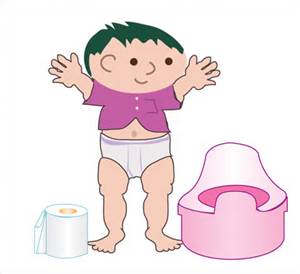 Signs your Child is Ready for Potty Training
Signs your Child is Ready for Potty Training
Signs your Child is Ready for Potty Training
How do you know if your child is ready for potty training? How young is too young or how old is too old? This is a question we are often asked at Alpha’s Preschool Academy and Child Care Centre in Mississauga on a regular basis.
As child care professional with quite a bit of experience, we can honestly say there is no definitive answer. Every child is amazingly unique and develops in their own time. Even if you parent your child in the exact same way at the same time, as in the case with twins, they still won’t be the same!
At our daycare in Mississauga, we always work with our families to create a stress-free potty training routine to best suit the child and the care and love that is needed during this big transition. There are certain readiness signs to watch out for which we will highlight in this article.
Physical Signs
Your child should be able to walk steadily with confidence and co-ordination. Keep track of your child’s wet diapers and how often they are wet throughout the day. Observe how long your child can stay dry. If they are able to keep it dry for over 2 hours, that is a good sign that they are physically ready to start the potty training process. Also, ensure that your child has regular bowl movements with predicable times.
Behavioural Signs
If our daycare has taught us anything, it is definitely that behaviours are always changing with so many factors such as : age, environment, new care providers, mood etc. These are just general suggestions of signs to look for.
Your child should be able to sit for up to 5 minutes continuously. Your child should be able to pull pants up and down on their own. If not, don’t hesitate to encourage your child to learn that skill whenever you have an opportunity to do so. Some kids don’t like to feel wet our soiled and will be uncomfortable. If that’s the case, then take advantage of that as an opportunity to start potty training! If your child takes an interest in using the washroom, encourage them to do so. If your child is attending daycare and they show interest with the other children using the toilet, that is also a good sign. If they are always asserting their independence this is a great motivator to encourage potty training!
Cognitive Signs
Your child needs to be able to communicate with you to let you know that they need to use the toilet. If your child is able to follow simple directions and is talking in a few words and phrases, they are ready to learn the words to identify “pee” or “poo” which will help with the potty training process.
Resisting
If your child resists using the toilet and seems to show no interest in the potty training process, this is not something that can be forced. You want the process to be successful and if you start with resistance, the process will not go well. Listen to your child and look for the key physical, behavioural and cognitive signs indicated above before you start the potty training process.
At Alpha’s Discovery Kids Preschool and Daycare in Mississauga, we watch for the signs and keep open communication with families about the child’s readiness to use the toilet. We work with our families to ensure the child’s success.
Transitioning into Daycare
One of the most emotional things for a parent to experience is the transition from home to daycare. It is so hard to imagine a complete stranger taking care of your child regardless of their qualifications. First of all, you need to know that you are not alone in feeling this way. At Alpha’s Discovery Kids Preschool and Daycare in Mississauga, we want to make the transition to daycare as smooth as possible so here are some tips to make the transition easier. Read more ›
Are you involved in your Child’s Daycare or Child Care Centre?
Are you involved in your Child’s Daycare or Child Care Centre?
Are you involved in your Child’s Daycare or Child Care Centre? – Are you feeling disconnected with your daycare or child care centre? Are you too busy to get involved in your child’s learning? As parents, we know how busy you are and it can be difficult to get involved in your child’s daycare when you have so many competing priorities. Each child care centre uses different ways to engage families with the program; however, you may be wondering how you can get involved? Based on our experience at our Mississauga daycare and child care centre, here’s some ways to connect: Read more ›
Cooking with Kids
Cooking with Kids
Cooking with Kids – The foodie revolution is in full swing—but why should grown-ups have all the fun? From cooking shows starring “junior” chefs to kitchen toys, kids are discovering the culinary arts…and having a blast doing it! Read more ›
The Power of Positivity when Communicating with Kids
Communicating With Kids
“STOP DOING THAT!” “YOU DON’T LISTEN!” “I CAN’T BELIEVE YOU RIGHT NOW!” Some of the things that we as parents say to our children when we are frustrated or upset with them can affect their self-esteem and their opinion of you. Our words are so powerful so we as parents and educators must choose them wisely and try to use positive language as much as possible. Read more ›

